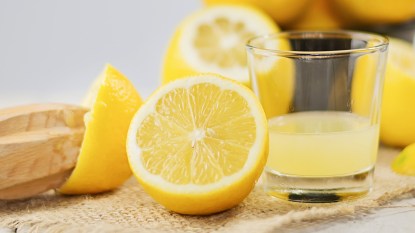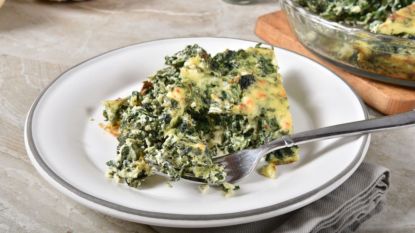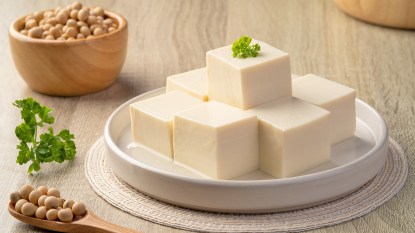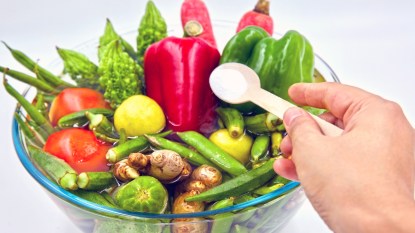Is There a “Best” Salt to Use When Cooking?
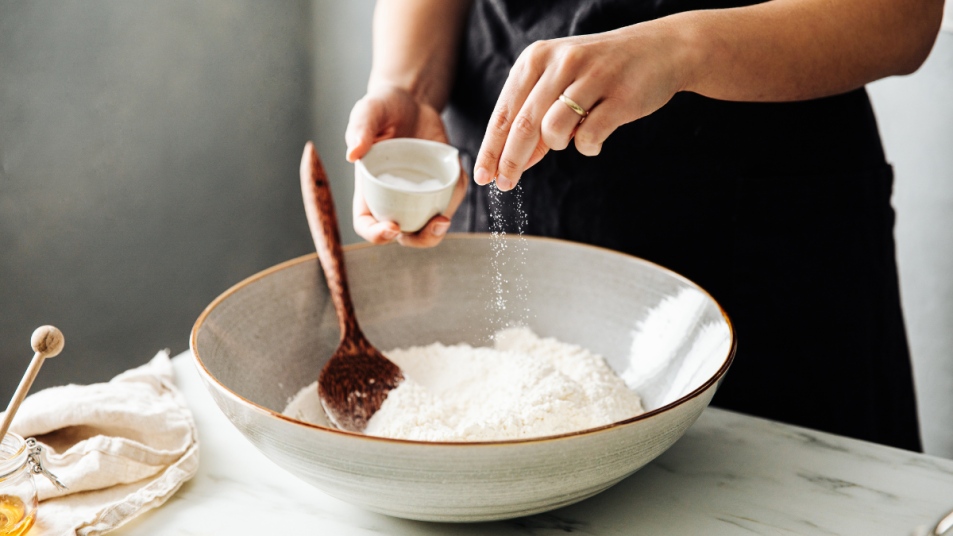
Salt: It’s one of the few staples that I can confidently guarantee every single person has in their kitchen in some form or another. There’s run-of-the-mill table, kosher, sea, Himalayan, and so many other salt varieties. But are they all created equal? Is there a particular one you should be incorporating into your cooking and eating? Turns out, there are a few considerations to make.
Just to recap, at its most basic level, salt is just sodium chloride, a crystallized mineral that largely comes from seawater and mines. In addition to providing necessary sodium to the body that’s critical just to function, it’s often rich in iodine, which is essential for your thyroid to help with hormone regulation, cell repair, and metabolism maintenance.
Thus, when choosing something to cook with or season your food with, the most important aspect to consider from a health perspective is if the salt you’re using still has all of the nutrients and minerals that can help your body. Table, kosher, sea, and Himalayan salts all contain similar amounts of sodium, but sea and Himalayan choices contain two to three times as much potassium and magnesium. (That said, both are trace elements within salt itself.) In other words, you really can’t go wrong with the traditional choices! The only thing to watch out for is if you use specialty options, such as seasoned or smoked ones, to ensure they don’t include questionable elements to give them their flavor.
Overall, salt can come down to taste and preference more than nutrient density given that the elements included are pretty negligible. Whether you like the smooth texture of table salt or the courser feeling of flakes, choose whatever you think adds to your dish. If anything, it’s more important to ensure you’re not consuming too much of it!





